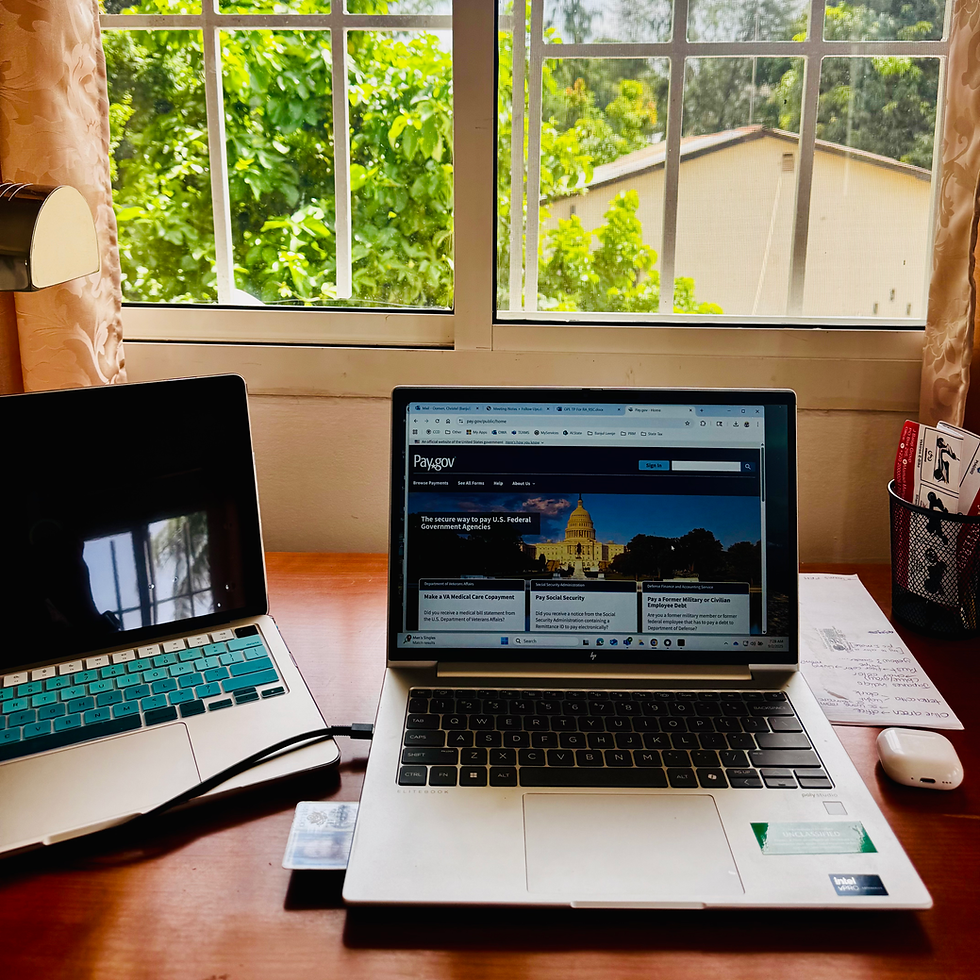Economic Affairs: the goals
- Owner

- Feb 13, 2019
- 3 min read
Updated: Mar 24, 2019
The mains goal for economic officers are advancing their countries’ economic policy priorities, attracting foreign direct investment, and “leveling the playing field” for their countries’ investors and entrepreneurs so they can do business internationally.
The US economy—and almost everyone else’s—ultimately benefits from fair and predictable rules. Companies should be able to do business overseas without fear kidnapping or (intellectual) property theft; commercial ships should cross the ocean without fear of piracy; contracts should be honored; and trade disputes should be resolved fairly and peacefully.

Diplomats work on these issues in a very direct way by acting as liaisons between their countries companies and the local market (government and businesses) to make deals in a wide variety of sectors, like agriculture, food and beverage, aviation, military equipment and textiles.
Countries can also negotiate certain trade preferences, which means they agree to "open" their economies to certain products or services that were barred or taxed heavily before.
When the US, or any other country, is looking to increase economic cooperation with another country more broadly, they may seek bilateral agreements on how to do that. They draft, negotiate and sign a “Memorandum of Understanding” (MoU) that outlines areas of mutual interest and what the steps forward should be in terms of harmonizing regulation, which sectors to involve, which international rules and standards to follow, etc.
One step further is a legally binding trade deal, or Free Trade Agreement (FTA), which is a lot harder to achieve. FTAs typically have lots of “chapters”, each addressing specific areas on things like procedures, sectors, transparency, intellectual property, import tariffs, etc.
Even more complex are trade agreements between multiple countries and entire regions, like the Transatlantic Trade Partnership (TTP) between the US and Europe, and the Trans Pacific Partnership (TPP) between the US and Asia, Australia and some Latin American countries. These agreements are meant to boost trade and investment significantly by agreeing to a comprehensive set of rules, almost to the point of becoming "one market", so that nobody can discriminate or exclude anybody else. Such negotiations take many years, during which diplomats carry messages from their government and try to make other countries comfortable with certain rules and standards and agree with them—both on major issues as well as thousands of tiny details.
In less developed countries, the US also works on stimulating local economic growth in order to increase international security through economic prosperity and to integrate them into the global economy. They do this by providing technical support for competitive industries, increasing market access for small to medium enterprises (SMEs), introducing new technologies, diversifying the economy, improving rural development, and developing the workforce.
When countries are struck by conflict or disaster, economic diplomacy can involve mobilizing international assistance and financing for them, including debt relief. There’s an economic rationale for doing this, but there’s also a moral justification: helping those in need get back onto their feet. The same can be said for other areas of economic cooperation, like making trade in conflict diamonds and gold more difficult, and pressuring trading partners to eliminate forced and child labor.







